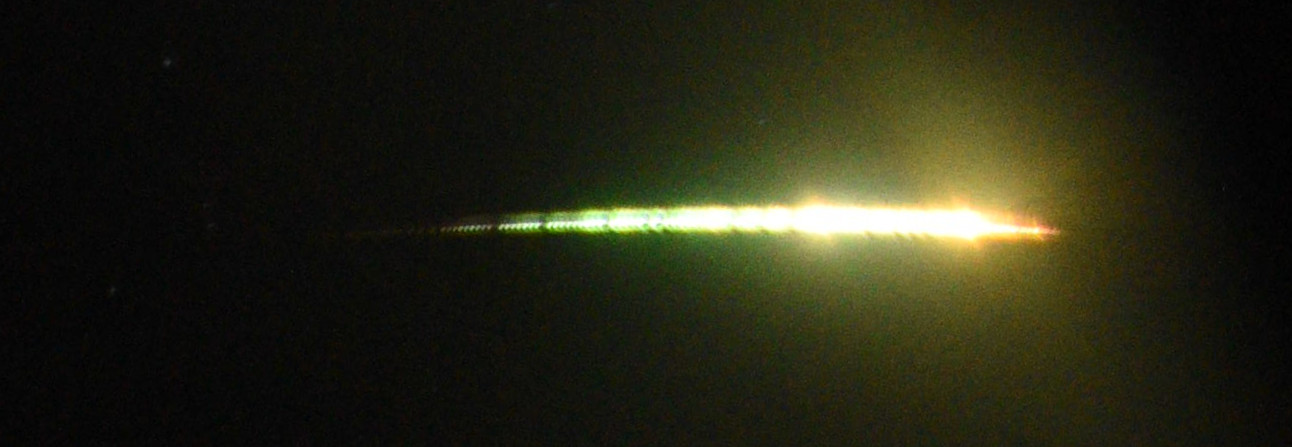
Meteorite Fall Predictions
This page contains information about meteorite fall predictions calculated by the Desert Fireball Network team.
We are publishing these for interested members of the public to have a go at fresh meteorite hunting.
These meteorites have tremendous scientific value, so if you find any please let us know.
Disclaimer:
Before considering visiting any of those sites, you should seek permissions from relevant authorities, including, but not limited to: land owners, aboriginal communities, conservation areas.
Having the predictions on this website do not confer the right to visit the sites.
Walking in the bush is a risky activity, you are responsible for your safety.
The predictions are given as is, based on scientific observations and calculations, but come with no guarantee.
Meteorite falls, by general area
DN200619_01 Madura Cave

: Madura, off the Eyre highway
Network: Desert Fireball Network
Fall date : Jun 19, 2020
DN250510_01 The Breakaways / Lake Hope

: South of the Breakaways, off the Hyden to Norseman road
Network: Desert Fireball Network
Fall date : May 10, 2025
FAQ
See our meteorite searching handbook
First you might want to check that it is not a meteowrong.
Follow our Meteorite/Meteowrong flowchart.
Or watch the video guide made by our friend Prof. Chris Herd from University of Alberta (Canada).
Still a meteorite? Then contact an expert.
In WA/SA, get in touch with one of us, or the WA or SA museum.
In Victoria, contact Prof. Andrew Tomkins from Monash University.
In Queensland/NSW, reach out to Prof. Jonti Horner from the University of Southern Queensland.
In Australia it depends on which state they are found in.
In WA and SA
they belong to the crown and are curated by the state museum.
For other states we could not find the relevant pieces of legislation, please do your own research.
Note that when it comes to export outside of Australia, meteorites are also under federal law restrictions.
The selection here are events we think meteorites have a reasonable chance of being found,
and for which the public may be able to help the research.
We are also making an effort to publish meteorite falls from geographically diverse locations to give the maximum opportunity for people to go out.
Note that this is still limited by where our fireball cameras are located, so these locations are skewed towards the South of Australia.
This depends on a lot of things:
How clear the ground is, how experienced you are, how focussed you can remain for long periods of time, and also how good we are at our job with the predictions! To get an idea, when we organise meteorite searching campaigns within the DFN, we usually budget a 2 week trip with 6 people searching 6 hours a day. Most of the meteorites we have found have usually been found much earlier than this, but some have also not been found.
How clear the ground is, how experienced you are, how focussed you can remain for long periods of time, and also how good we are at our job with the predictions! To get an idea, when we organise meteorite searching campaigns within the DFN, we usually budget a 2 week trip with 6 people searching 6 hours a day. Most of the meteorites we have found have usually been found much earlier than this, but some have also not been found.
In the general case, probably not.
Unless the fireball has been instrumentally observed and calibrated from at least 2 cameras, it is not possible to derive a precise trajectory for it, and therefore a precise strewn field.
On this page we only aim to publish events that you would have a reasonable chance of finding.
Also, if we observed it with our cameras, we might choose not to publish it here before we have had a go at it ourselves, as we want to maximise the chances of the sample getting to scientists for study.
If you still want to have a go at calculating the strewn field yourself, please do, our methods are published and the code is freely available here.
